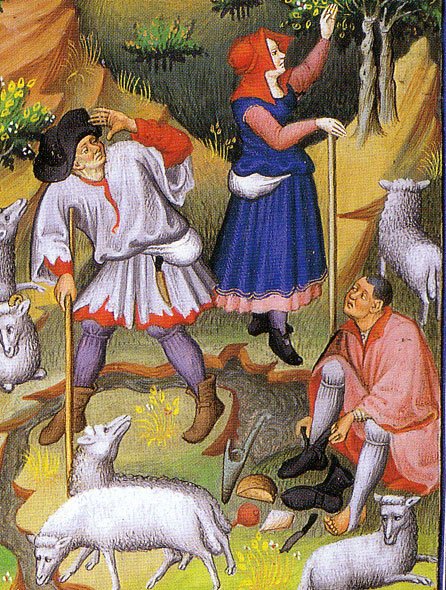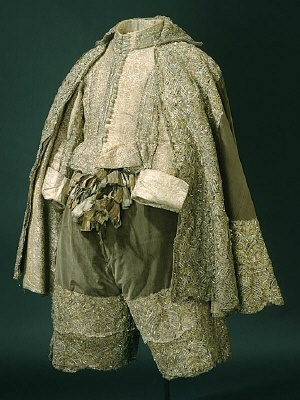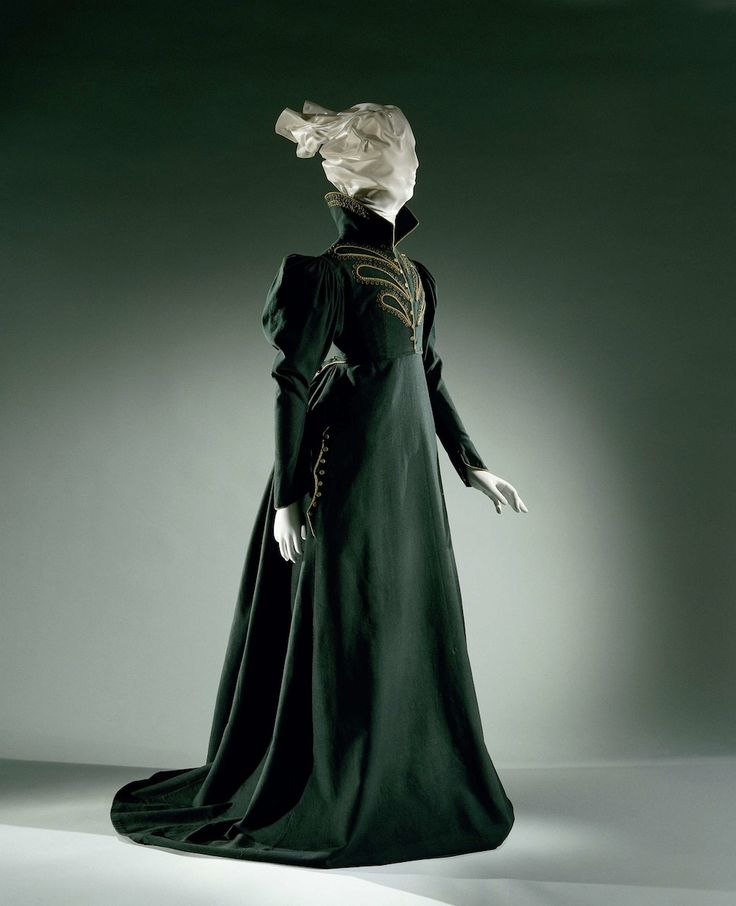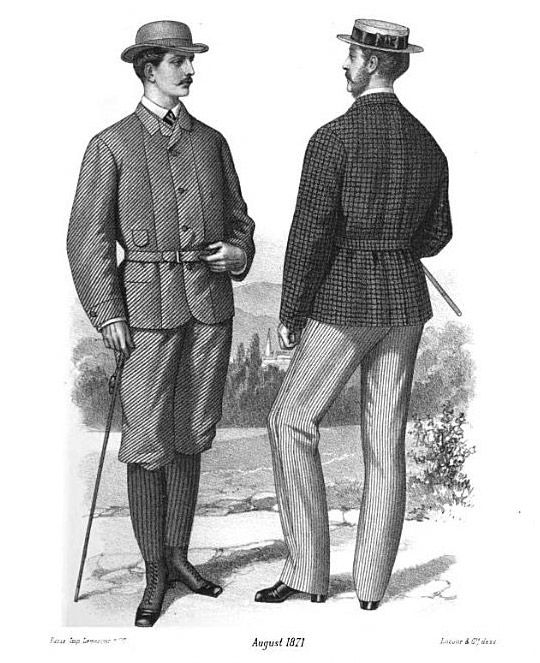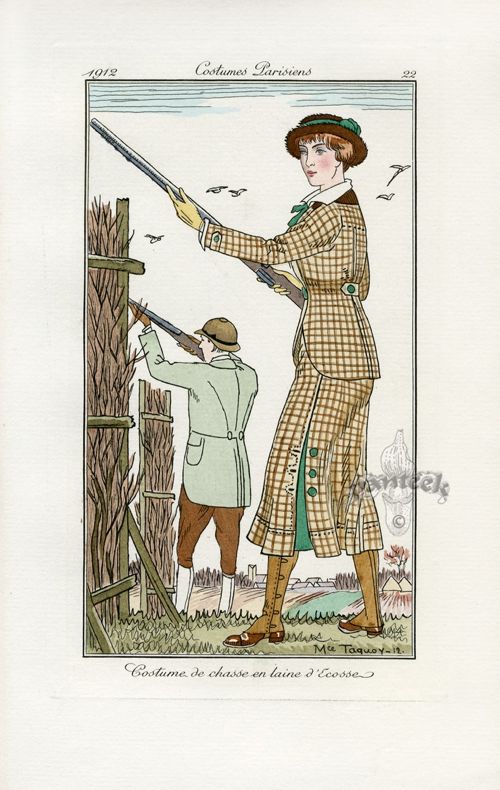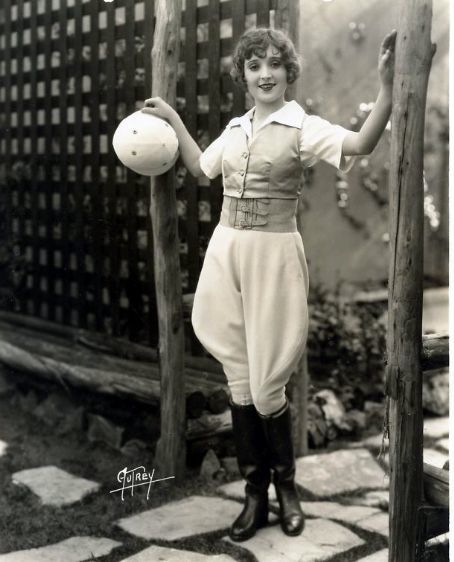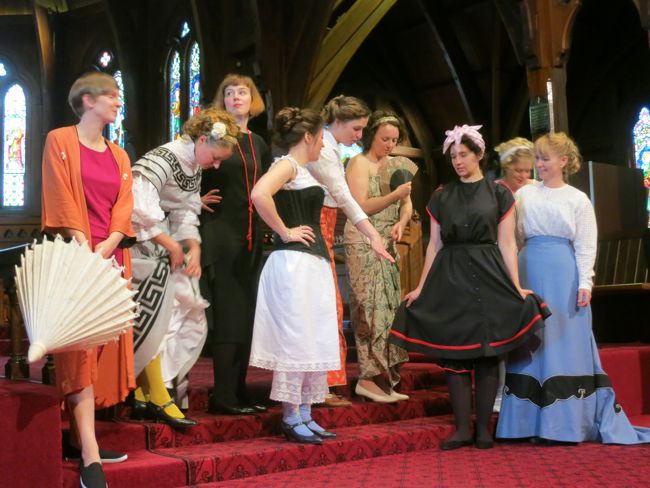Do you know how long it has been since I’ve done a HSF inspiration post?
Long enough that I’m now two challenges behind! Anyway, catching up to do!
Per popular vote, the theme of the HSF ’14 Challenge #22, due Monday 1 December, is ‘Gentlemen’: Make a historical item for a gentlemen, or a ladies item inspired by/borrowed from menswear.
I am just overwhelmed with ideas! There are so many fantastic things I could make, either for Mr D (I live in hope…) or as menswear or menswear inspired things for me!
Here are a few bits of manly fashions that amuse and attract me:
Medieval stirrup stockings? Of course!
Obviously, the actual menswear depicted in Lotto’s painting is pretty fantastic (those stockings! Those slashed shoes!), but Saint Lucia’s gown, with its slashed sleeves and bodice, is also menswear inspired (probably), as slashing was said to have become a fad after the slashed effect of mens clothing after a battle.

Portrait of a Young Man, by Federico Barocci (Il Baroccio), perhaps c. 1580-90 but possibly slightly later, ca. 1600
Is there anything not to love about Barocci’s young man’s outfit? That fabric! Those buttons! The utterly gorgeous ruff! (and, of course, some ruff styles were unisex).
Mid 17th century men’s clothes are so funny, but also quite gorgeous. That silver trim! And the cape!

Archduchess Maria Antonia of Austria, the later Queen Marie Antoinette of France, at the age of 16 years, 1771
And, of course, there is always 18th century woman’s riding outfits, with multiple elements borrowed directly from menswear.
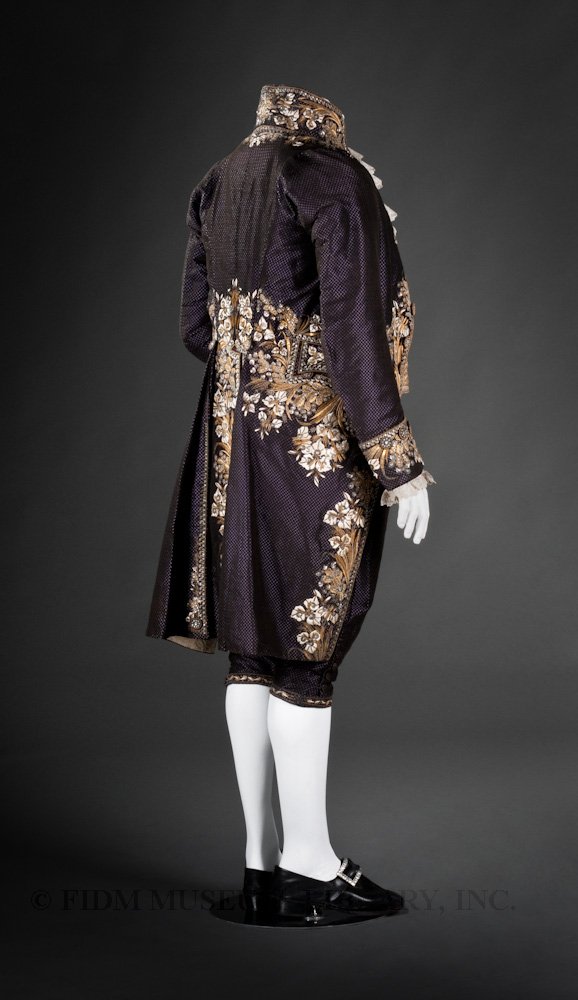
Court suit worn by Johann Hummel, Uncut voided silk velvet, silk faille, silk embroidery floss, gold & silver embroidery purl & frieze, rhinestone & metal sequins c. 1810-14 Paris, France, FIDM Museum, 2008.947.2A-C
One day I’m going to make a fully embroidered men’s court suit…or two, so I can have one for me!
Following on from their 18th century predecessors, most 19th century women’s riding habits have designs and decorations that are heavily based on menswear and mens tailoring.
And this particular banyan is so glorious that if I had one I would wear it every day – as a coat!
I love the more relaxed mens sporting and outdoors fashions of the mid-late 19th century, and the way they inspired 20th century ‘Safari’ gear.
Boater hats? Borrowed from menswear! And, of course, both of these yacht club costumes were heavily influenced by menswear (and are fabulous).
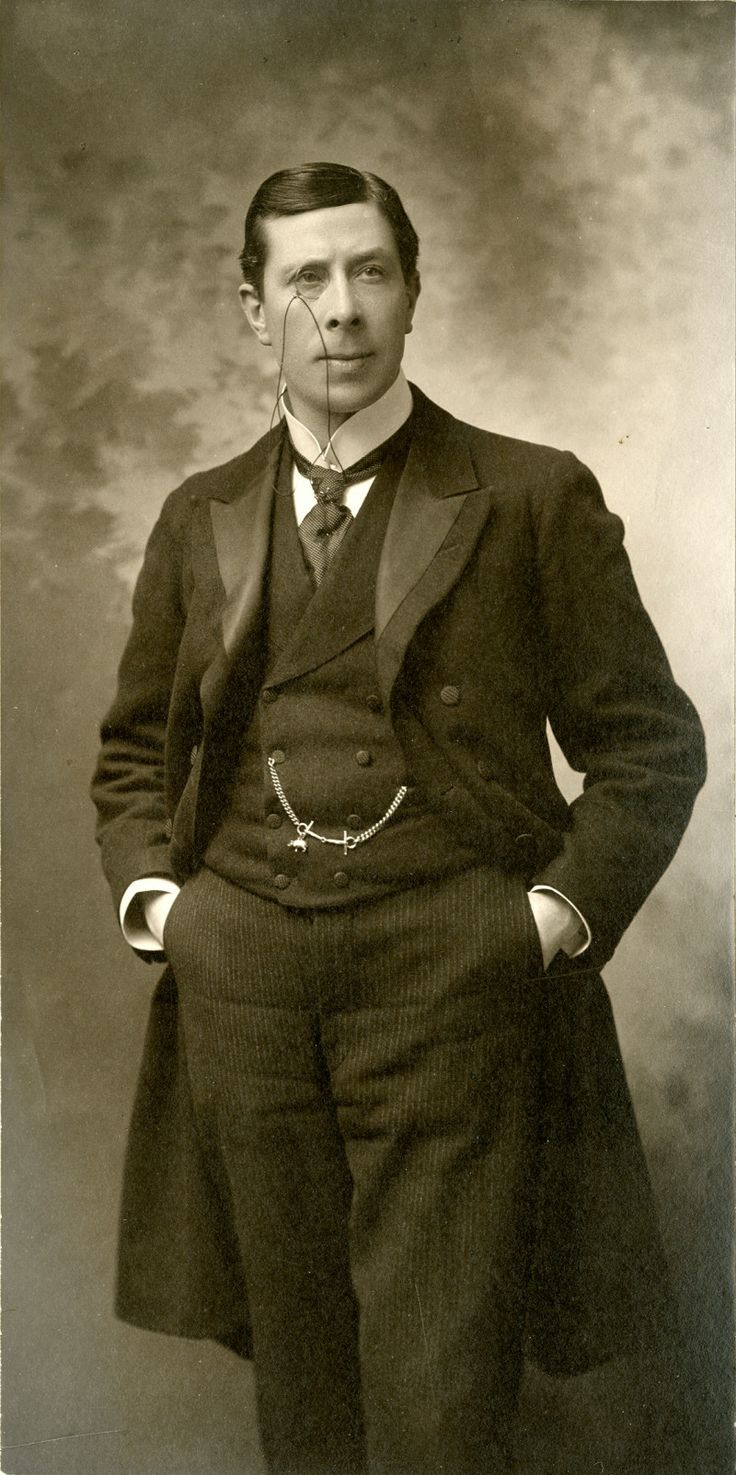
George Arliss, 1914, University of Washington Digital Collections
George Arliss was a stage actor in the early ’20th century, and oh boy, did he know how to look fabulous! Check out the striped buttons, and the little piggy on his watch chain!
This would be the ladies costume take on the men’s sporting wear, and I think it’s just sublime!
As is, of course, Madge in jodhpurs! And jodhpurs, like any trousers for women, are clearly menswear influenced!
So, get your linen shirting, your serge and tweed and your tailoring books out, and happy sewing!

